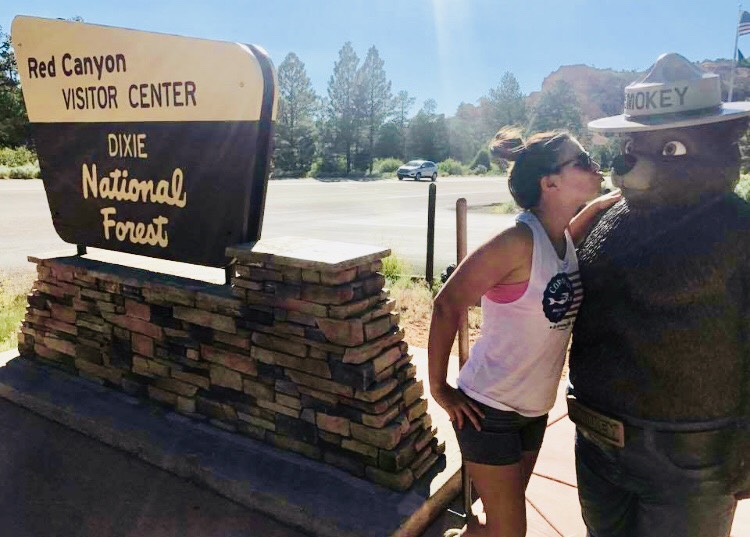Everything you ever wanted to know about campfires such as how to light an emergency fire, how to build a campfire and how to get that campfire smell out of your clothes.
“Come on baby, light my fire
Come on baby, light my fire
Try to set the night on fire…”
-The Doors
Lighting a fire is relatively easy when you are in a confined environment with wood, a fire starter, a lighter and maybe even some lighter fluid, but when you are in an emergency situation and possibly battling some unyielding weather conditions; starting a fire and easy should not be used in the same sentence. A fire can save your life in a dire situation. It can prevent hypothermia and can also be used as a way to alert others that you are in danger. Fire starter, as the name implies, is an element that helps you jump-start a fire. The ideal fire starter ignites quickly and sustains heat for more than a few seconds.
The following are common useful fire starters that can be used in your daypack and/or overnight pack:
Windproof/waterproof matches (keep in a plastic bag)
Magnesium strike able fire starter
Windproof lighter or pocket torch (See First-Aid kit post for my person recommendation)
Example of kindle that can be used to aid in starting the fire:
Tinder (not the dating app): Small materials that will ignite easily with a spark kindling such as dry grasses, shredded bark, fungus, or mosses. To spark, this material needs to be as dry and finely shredded as possible.
Kindling: Medium sized materials that will catch flame from the tinder quickly such as dry leaves, small twigs and sticks, or larger pieces of bark. For the kindling to catch fire, it must consist of small, dry items.
Dry tinder/kindle tucked away in a plastic bag (pine needles, pine cones etc.)
Heat “nuggets” (chipped-wood clusters soaked in resin or cotton balls soaked in petroleum jelly)
Lint trappings from a household clothes dryer (my personal favorite)
Commercially prepared wood soaked in wax or chemicals.
How to build a campfire
Although you may not have access to wood, I am often amazed how many individuals do not know how to start a campfire even with all the proper ingredients (wood, kindle, a fire starter). The "teepee method" is the go-to method for starting a campfire or a backcountry fire in an emergency.
To build your teepee, wad the tinder (dry leaves, pinecones, pine needles) into a ball about fours inches in diameter and then stack larger dried kindling (sticks, branches, wood shavings) around the ball. If logs are available lean the logs on the kindle in a teepee-like fashion. Light the tinder from the bottom and allow the tinder to catch and spread to the kindling and eventually the wood. You may have to blow on the fire to allow oxygen to reach it in order for it to spread to the wood.
Death Valley National Park
How to get that campfire smell out of your clothes
Long starry nights in nature, evenings around the campfire filled with stories and songs. Unfortunately, after such a wonderful night around the fire, a lot of us wake up with the question of how to get campfire smell out of clothes. It can often linger far longer than anyone would appreciate, and with multi-day trips, or non-machine washable clothes, this can be a big issue.
For clothes that can be washed in the washer and hung to dry:
Cleansing With White Vinegar:
White vinegar works in cutting through complicated odor and deodorizing the odorous residue in your clothes. Start the detergent rinsing cycle by pouring a cup of vinegar into the warm water. Don’t forget to cover enough surface area on the clothing for the best results.
Applying Baking Soda:
Just like white vinegar, baking soda is another basic kitchen ingredient that is known for its ability to deodorize in the washing cycle. Begin the routine washing cycle by applying detergent first and then pouring at least half a cup of baking soda after five minutes.
For clothes that cannot be washed in the washer:
Vodka spray:
Aside from being a fantastic party drink, vodka is also used as a deodorant for undesirable odors. All you need to do is mix warm water and vodka inside a spray bottle. Spray on the inside of your clothes and expose them to the heat of the sun.
While vodka evaporates, it will neutralize the campfire odor and get rid of the residues.
Lemon juice spray:
A lemon juice’ citric acid is very effective at getting rid of unpleasant odors. All you need to do is mix eight parts warm water with one part lemon juice inside a spray bottle and spray it on the whole exterior of your clothes until it becomes sufficiently moist. Expose your clothes to sunlight by hanging them for 3-4 hours. The whole process should dry your clothes and get rid of the campfire odor completely.
"Only you can prevent forest fires"- Smokey the Bear
What are your favorite fire hacks you use in the wild?
We would love to know
See you on the trails xx,
Kristen














